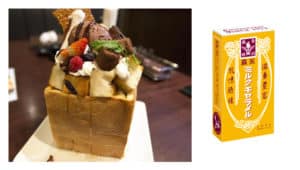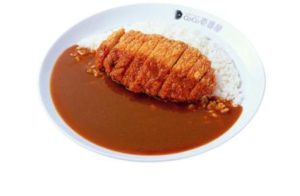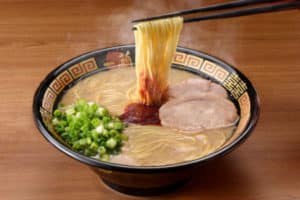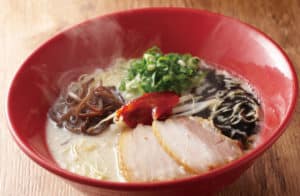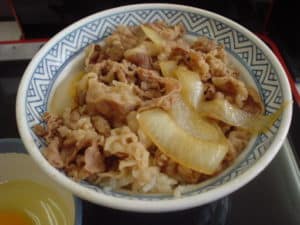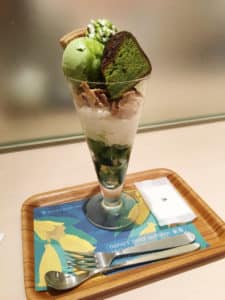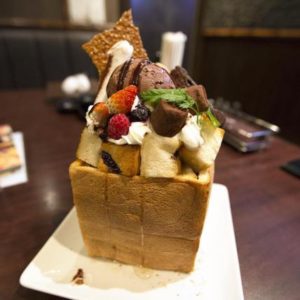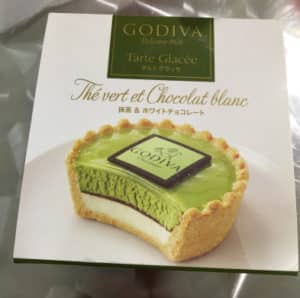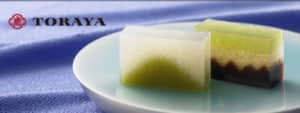I have been to Japan three times, and the No. 1 reason that I keep coming back is the food. I am a perfectionist when it comes to traveling: I want each of my meal to be the crème de la crème (sometimes literally) of the local specialties. Since I can only consume a certain amount of calories, I may as well maximize the pleasure I can derive from each.
I have several principles when it comes to eating in Japan:
- Never go to a restaurant without researching beforehand to confirm that it is good (unless it has a long line in front of it and the people in line are all speaking Japanese)
- Never eat food that is not local cuisine (for example, I seldom eat Western or Chinese food while in Japan
- Never go to a restaurant with prominently displayed English names and signs saying “We Have English Menu” (some of the best places I’ve been to don’t even bother to translate their names into English)
- Never be afraid of waiting in line. The quality of the food is usually proportionate to the waiting time.
- Never judge food by its price. The best meal I’ve ever had in Japan was a bowl of spicy ramen that cost less than $10.
Many people complain that it is difficult to find authentic, high-quality local cuisine when traveling, especially in a country where they don’t speak the language. They end up going to the over-priced, touristy places that taste mediocre at best. My answer to that is simply: be less lazy and do more research. It is completely possible for someone who does not speak a word of Japanese to have a very authentic gustatory experience in Japan. These days that can mean as simply as Googling “best ice cream in Tokyo.” Many people (such as me 🙂 write food blogs in English that you can locate easily through these Googling efforts.)
Beyond Google, here are some sites that can help you locate food places that are proven to be good and avoid the tourist trap:
1. Tabelog
This is the Japanese equivalent of Yelp, and how real Japanese people find places to eat. I used its English version to find most of my restaurants in Japan, and it has not disappointed once. It has a function that allows you to find a list of restaurants near your current location, as well as a comprehensive filter.
Note that compared to Westerners, Japanese people have very high standards for food, so anything that’s rated above 3.5 stars should be considered awesome, anything above 4 stars life-changing. The real prices may be a little higher than those suggested on the site.
2. bento.com
A website that calls itself “the only bilingual source for unbiased, expert advice on where to eat and drink in Tokyo and throughout Japan.” It is published in Tokyo by Lobster Enterprises and Yamato Tomato Planning. It has very useful listings by location as well as by cuisine and is all in English.
A food blog published by the Chinese-Australian food photographer and blogger Bernadette Chan. I found some of the best desserts I have ever had by following her tips. She has traveled extensively in Japan and has a Japan Guide. Note that despite the title, she also writes about some non-dessert places.
Another rule to remember is that you don’t need to go to a restaurant to find good food in Japan. I love Japan for many reasons, but my absolutely favorite thing about the country is the basement food halls of its department stores. I first fell in love with Japan when I descended an elevator of a Takashimaya and was confronted with a colorful, overwhelming food paradise.
Most department stores in Japan has basement floors that are entirely dedicated to food. These are places where you can buy anything from photogenic cookie souvenirs to mouth-watering bentos to weird-smelling Japanese pickles to $200 musk melons. Every time I leave the basement of a department store, I feel very sad that my stomach was only able to hold two or three things, and I missed out on a thousand other things that looked incredibly delicious.
The biggest Japanese department stores chains include Takashimaya (髙島屋), Daimaru (大丸), Matsuzakaya (松坂屋), Isetan (伊勢丹), etc. To find the nearest one to you, just type in the English name into Google Maps. This may be an excellent option when you don’t have the time to scout for a good restaurant and sit there for an hour. Many Japanese people visit these basements to buy bento before getting on the Shinkansen.
There are also many excellent fast food chains (Japan’s equivalent of McDonald’s and KFC, except they are 100 times healthier) that can offer you surefire good food when you are short on time, when you need to eat alone, or when you need food at weird hours. My favorite ones are below. These are literally everywhere in Japan, so just put the name into Google Maps to find the one closest to you (to be safe, copy and paste the Japanese names that I include in brackets).
1. Coco Curry (CoCo壱番屋)
Amazing curry rice, with endless possibilities for customization. You can choose your own rice amount, spice level, what to put in the curry, etc. It is literally everywhere, and many shops are open 24 hours.
2. Ichiran Ramen (一蘭)
This is the ramen chain that locals and tourists are equally obsessed about. Again, there are endless possibilities for customization: you can choose the thickness, of the broth, thickness and hardness of the noodles, spice level, and many other things. It’s the perfect place for eating alone: each customer gets their own eating cubicle along a counter. Prepare to stand in line if you go during meal hours. Many of the shops are open 24 hours.
3. Ippudo (一風堂)
Ippudo ramen is so famous outside of Japan that it requires little explanation. Again, prepare to stand in line during meal hours.
4. Sukiya (すき家), Yoshinoya (吉野家), and Matsuya (松屋)
All offer great gyudon (beef rice) and other things, again with countless options and variations. Food is prepared efficiently and is available for take-out.
5. Nana’s Green Tea (ナナズグリーンティー)
Green tea and related desserts. My favorite spot when I feel too lazy to research for a local dessert place. They have a great parfait selection:
6. Pasela Resorts (パセラリゾーツ)
A chain of facilities where people can host parties, do karaoke, play darts, or eat. They all include a sit-down restaurant, and the must-order is the honey toast (just point to the giant block of bread on the menu).
7. Godiva
Even though it originated from the West, the chocolatier offers completely different options in Japan. For example, I once had a green tea-white chocolate ice cream tart. Godiva is present in the basement of most department stores. Find the nearest shop with this store locator.
Finally, some useful vocabulary for dessert lovers:
Dagashi (駄菓子): cheap candies and snacks. My favorite ones are Morinaga caramels (look for boxes of candies with 森永 written on them) and Takenoko No Sato (たけのこの里). If you need a comprehensive sampling experience, there is an all-you-can-eat dagashi bar in Ebisu where you can eat snacks to your heart’s content for 500 yen—and it’s open until 4 a.m. Search “Ebisu candy bar” in Google Maps.
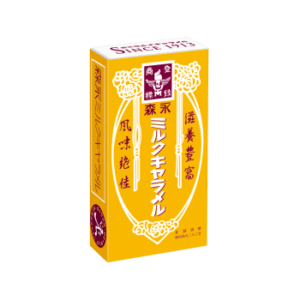
Morinaga caramels in my favorite milk flavor
Wagashi (和菓子): traditional Japanese confections that are great for souvenirs. How do you differentiate dagashi from wagashi? Dagashi is typically found in convenience stores, while wagashi is typically found in souvenir shops and the basement of department stores. The ultimate wagashi shop is Toraya (とらや). It was founded in the early 16th century in Kyoto and made desserts for the imperial court. Today Toraya has around 80 shops throughout Japan and a boutique in Paris. Their photogenic desserts (many of which have a pretty long shelf life) make for classy gifts.
Kakigori (かき氷): shaved ice. Fantastic dessert option in the summer. The ice is soft and flavorful, and the best flavor, in my opinion, is green tea with condensed milk topped with red bean paste. Eat quickly because once the ice melts, the flavor will be diluted.


![A Guide to Eating in Japan [:zh]A Guide to Eating in Japan (Part I)](https://www.oneinabillionvoices.org/wp-content/uploads/2017/05/56ichiran_ramen01.jpg)
